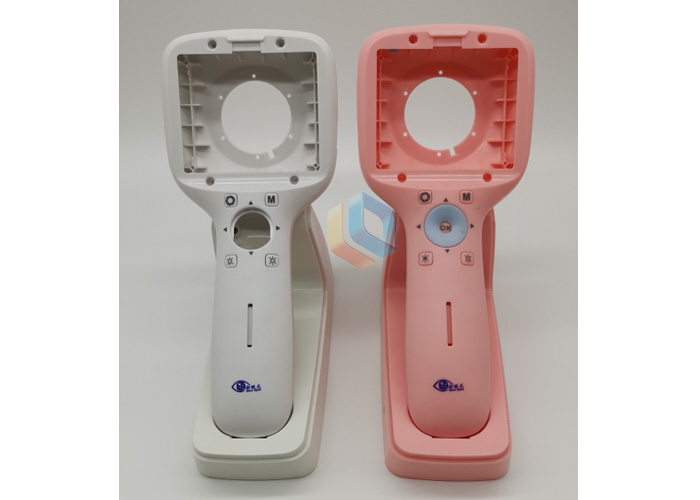

Bai Shui Chao
Email: dl-bsc@dlsjmj.com
Telephones: 13962423309
Mark Yen
Email: dl-mark@dlsjmj.com
Telephones: 17312472090
TEL:0512-57170368
FAX:0512-57170328
HTTP://www.0511ym.com
Add: No.218 South Yucheng Road Kunshan City Jiangsu Province China.
The temperature in the injection mould is not uniform, and it is also related to the time point in the injection cycle. The function of the thermostat is to keep the temperature constant between 2 minutes and 2 max, that is to say, to prevent the temperature difference from fluctuating up and down in the production process or gap. The following control methods are suitable for controlling the temperature of the die: controlling the temperature of the fluid is the most commonly used method, and the control accuracy can meet the requirements of most cases. Using this control method, it is shown that the temperature of the controller and the mould is not the same; the temperature fluctuation of the mould is quite large, because the thermal factors affecting the mould are not directly measured and compensated, including the change of injection period, injection speed, melting temperature and room temperature. The second is the direct control of the die temperature. This method is to install a temperature sensor inside the mould, which will be adopted only when the temperature control precision of the mould is high. The main characteristics of mould temperature control include: the temperature set by the controller is consistent with that of the mould; the thermal factors affecting the mould can be measured and compensated directly. In general, the stability of die temperature is better than that by controlling fluid temperature. In addition, the mold temperature control has good repeatability in the production process control. The third is joint control. Joint control is the synthesis of the above methods. It can control the temperature of the fluid and the die at the same time. In the joint control, the position of the temperature sensor in the mould is extremely important. When the temperature sensor is placed, the shape, structure and the position of the cooling passage must be considered. In addition, the temperature sensor should be placed where the quality of the injection parts plays a decisive role. There are many ways to connect one or more temperature moulds to the controller of the injection moulding machine. Digital interfaces are preferable for operational, reliability and anti-interference considerations.

Thermal balance control of injection moulds and heat conduction of injection moulds is the key to the production of injection moulds. Inside the die, heat from plastics (such as thermoplastics) is transferred to the material and the steel of the die by thermal radiation, and to the heat conducting fluid by convection. In addition, heat is transferred to the atmosphere and the die base through thermal radiation. The heat absorbed by the heated fluid is taken away by the thermostat. The thermal balance of the die can be described as P=Pm-Ps. In the model, P is the heat carried by the mould temperature machine; Pm is the heat introduced by the plastic; Ps is the heat emitted from the mould to the atmosphere. In the process of injection molding, the main purpose of controlling the temperature of the mould is to heat the mould to the working temperature, and the second is to keep the temperature of the mould constant at the working temperature. If the above two points are successful, the cycle time can be optimized to ensure the stable high quality of injection parts. Mold temperature will affect surface quality, fluidity, shrinkage, injection cycle and deformation. Excessive or insufficient die temperature will have different effects on different materials. For thermoplastics, higher die temperature usually improves surface quality and fluidity, but prolongs cooling time and injection cycle. A lower die temperature will reduce the shrinkage in the die, but it will increase the shrinkage of the injection parts after demoulding. For thermosetting plastics, higher die temperature usually reduces the cycle time, which is determined by the cooling time of the parts. In addition, in plastic processing, higher die temperature will also reduce plasticizing time and cycle times.